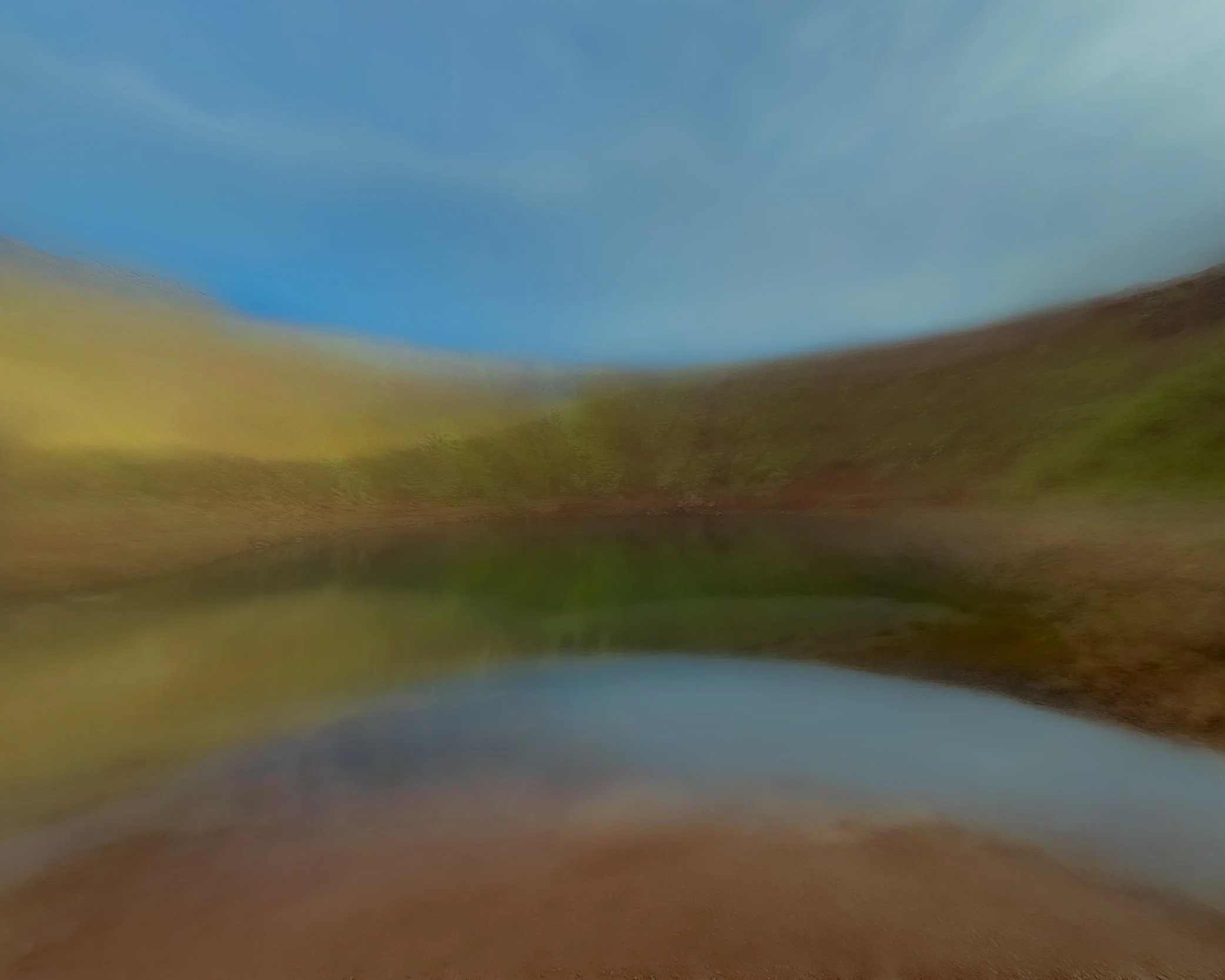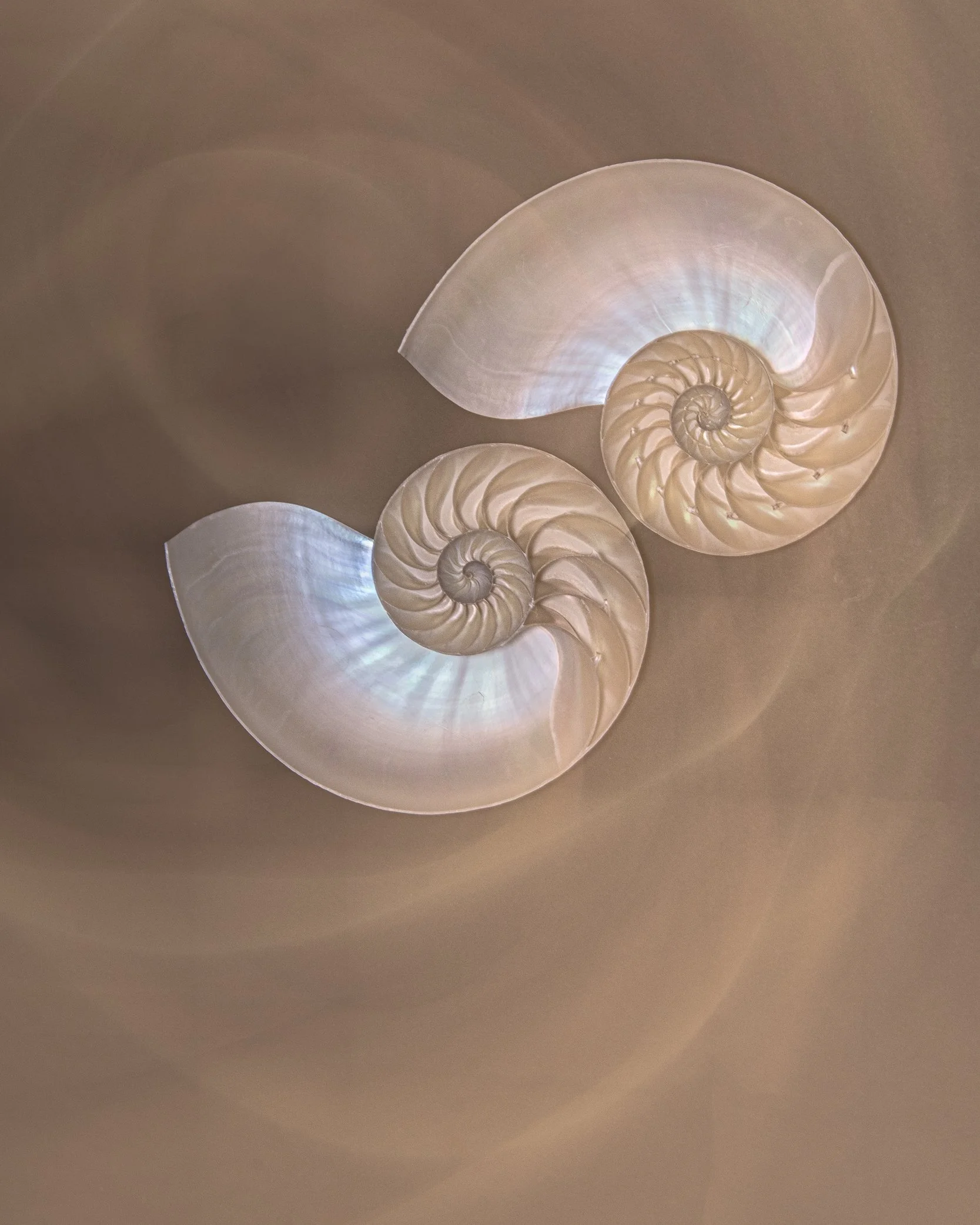Exploring Intentional Camera Movement | by Laura Driscoll
While we are often encouraged to create ultra-sharp images and follow rules, exploring Intentional Camera Movement (ICM) invites photographers of any genre to embrace blur, motion, and unpredictability. It's not about technical perfection, but rather expressing emotion, energy, and mood through movement.
ICM is exactly what it sounds like: moving your camera deliberately during a long exposure to create artistic, abstract imagery. Whether you are a more experienced photographer looking to break the rules for creative freedom or a beginner experimenting with different techniques as you start your journey, ICM offers an exciting path to explore.
As primarily a macro photographer, advice from years ago that guides a lot of my work is the idea that I am creating something unique whenever I shoot. No one else in the world has a photo of a particular flower in my yard at that place and time, which is part of why I enjoy macro and close-up photography so much. That same element of uniqueness also appeals to me with ICM and is why it is one of my favourite techniques to use when I feel uninspired by a subject, in a creative rut, or want to bring something unique to a scene most people are shooting as-is.
Experimentation is Everything
One of the most freeing aspects of ICM is the room it gives you to experiment. Unlike traditional photography where the goal is often to control every detail, ICM thrives on spontaneity.
Start simple! Head outside during golden hour, leave your tripod inside, lower your shutter speed (typically between 1/4 and 2 seconds), and just move your camera during the exposure. Try panning left to right, moving vertically, or even making circular or zigzag motions. The goal is to play, respond to your environment, and see what happens.
Not every shot will be a winner and that’s OK! I have had many sessions during my current monthly project where I have taken hundreds of photos in a session and am not thrilled with any of them, but I keep coming back because the joy is in the process and the thrill when you get something that you love. With every frame you learn something new about how motion interacts with light and subject matter. Eventually, you will see patterns start to emerge both in your images and in your preferences.
Techniques to Try
ICM isn’t one-size-fits-all. Different techniques create vastly different results, and that’s where it gets fun! Here are a few approaches to explore:
1. Vertical and Horizontal Panning
Vertical Panning
This is one of the most common ICM techniques. Photographing trees, for example, with a slow vertical pan can produce beautiful painterly lines that echo brushstrokes. Horizontal pans work great with horizons or seascapes, creating soothing bands of color and light. Pay attention to the lines in your scene, which can be a good starting point to figure out which type of movement will enhance them in your photo.
Horizontal Panning
2. Cross-Hatching
This is a combination of multiple movements within the same exposure, which can produce interesting effects and textures. For example, a quick pan vertically, immediately followed by a quick pan horizontally. One of my favourite ICM shots is of a slightly creepy forest path I have shot a million times. Using this technique really captured the uneasiness I always feel in this spot with the short, sharp movements that made it look even more mysterious.
3. Zoom Burst
If you’re using a zoom lens, try zooming in or out during the exposure. This creates dynamic, radial blur effects that pull the viewer into the image. It works especially well with lights or patterns.
4. Rotation or Swirling
Rotating the camera or the lens barrel during exposure can create hypnotic, dreamlike images. A swirl around a central subject can evoke a sense of motion, energy, or even chaos. This is another great technique to use with lights.
5. Jitter or “Scribble” Movement
Want something more chaotic or abstract? Try shaking the camera lightly or drawing small shapes in the air during the exposure. These movements work well at night or in urban environments where lights provide interesting trails.
6. Multiple Exposure with ICM
Combine ICM with in-camera multiple exposures (if your camera allows it) to layer textures, shapes, and colors. This takes experimentation to a whole new level. One of my favourite techniques with flowers is to create a two-frame multiple exposure where I shoot the first frame normally, then change my settings to blur it a bit and use ICM on the second frame. This creates an image where it looks like a texture overlay has been applied in post-production, but it is all in-camera.
Letting Go of Perfection
Perhaps the most transformative part of practicing ICM is learning to let go of perfectionism. Your images might be blurry, unconventional, or even messy, but this can make them deeply expressive, emotional, and original. ICM allows you to express how a place feels, rather than how it looks. The wind in the trees, the rush of a city street, and the calm of a quiet evening can all come alive through motion in a way that a normal standstill shot would not show.
Over time, you’ll begin to trust your instincts more. You’ll stop asking whether your image is “correct” and start asking things like whether it says something about how you felt or what you experienced in the scene. When that shift happens, your photography becomes more than just documentation—it becomes art.
Photography doesn’t have to be perfect to be powerful. With a bit of curiosity, a willingness to experiment, and an open mind, ICM can open up a whole new world of creative expression.
So slow your shutter, move your camera, and see what unfolds!










